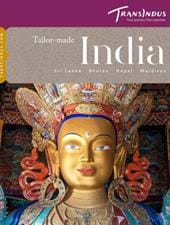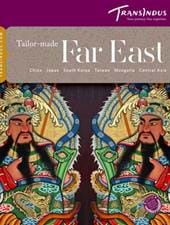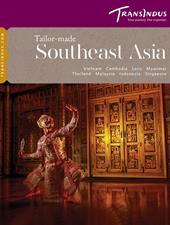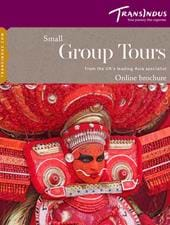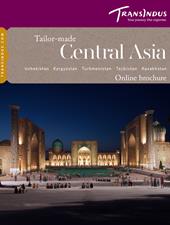A vast plateau bounded by the world’s highest mountain ranges, Tibet feels quite unlike anywhere else on the planet. Echoing the rise and fall of its ice-dusted skylines are whitewashed Buddhist monasteries, soaring above valley floors carpeted with barley fields, or overlooking turquoise lakes cradled by lunar-like steppes of barren slopes and ice peaks. In the west, vast snow-deserts roll towards the borders of India and Nepal, dotted in summer with herds of yaks and nomad encampments. Everywhere, strings of multi-coloured prayer flags flap cheerfully from wayside shrines and rooftops – evidence of a deep-rooted Buddhist culture that has proved astonishingly resilient to the changes Tibet has experienced over the past five decades.
Chinese rule has brought with it rapid development. Yet in spite of its sometimes turbulent recent history, Tibet remains memorable for the same things that have always made it mysterious and alluring to travellers: its magical monasteries, vibrant culture, and other-worldly landscapes.

